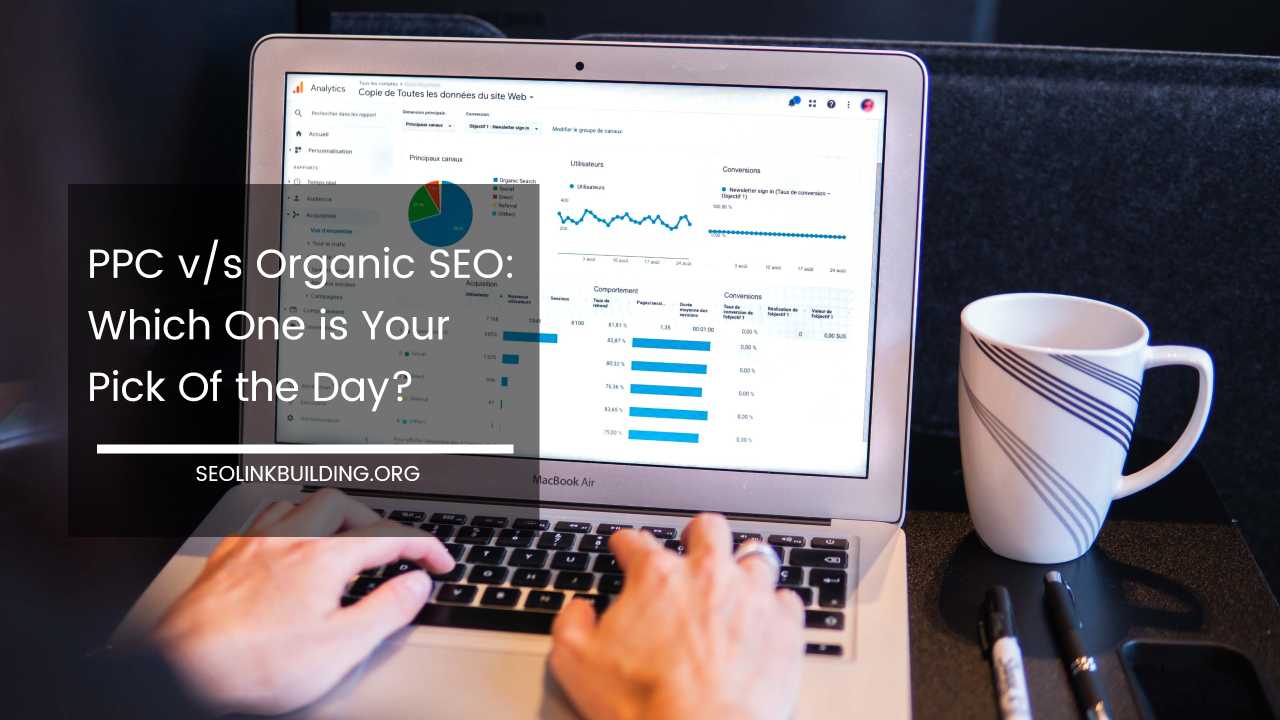Write a Winning Marketing Message: Secrets to Customer Connection

Marketing Message
Craft the Perfect Message: Your Guide to Compelling Marketing Messaging
In today’s digital age, information overload is a constant reality. Our inboxes overflow with emails, social media feeds bombard us with content, and countless ads vie for our attention. In this noisy landscape, cutting through the clutter and capturing the hearts and minds of your target audience is a critical challenge.
This is where your marketing message comes in – a powerful statement that acts as the cornerstone of your brand communication.
What is a Marketing Message and Why Does It Matter?
A marketing message is more than just a catchy slogan or a tagline. It’s the essence of your brand story, a concise articulation of what makes your company unique and valuable. It should encapsulate the following key elements:
- Value Proposition: This defines the core benefit you offer to your customers. What problem do you solve? How does your product or service make their lives better?
- Brand Identity: This encompasses your brand’s personality, values, and mission. It defines how you want to be perceived by your audience.
- Differentiation: This sets you apart from your competitors. Why should someone choose you over the countless other options available?
A strong marketing message is crucial for several reasons:
- Clarity and Focus: It provides a guiding light for all your marketing efforts, ensuring consistency across platforms and channels.
- Customer Connection: A message that resonates with your target audience builds trust, strengthens brand loyalty, and helps you forge deeper connections.
- Decision-Making: It simplifies the decision-making process for potential customers by clearly highlighting why your offering is the best solution to their needs.
- Brand Advocacy: A compelling message inspires customer loyalty and can even turn them into brand advocates who spread the word about your company organically.
Developing a Winning Marketing Message:
Crafting a marketing message that truly connects with your audience requires a strategic approach. Here’s a step-by-step guide to help you navigate the process:
Step 1: Know Thy Audience
The foundation of any successful marketing message lies in a deep understanding of your target audience. Here’s what you need to do:
- Market Research: Conduct thorough market research to gather data on your target audience’s demographics, needs, desires, and pain points.
- Buyer Personas: Develop detailed buyer personas that represent different segments within your target audience. These personas should include information like age, occupation, interests, challenges, and preferred communication channels.
Step 2: Define Your Value Proposition
Your value proposition is the heart of your marketing message. It succinctly answers the question: “Why should someone care about what I offer?”
- Focus on Benefits: Don’t just list features; explain how those features translate into tangible benefits for your customers.
- Unique Selling Proposition (USP): Identify your unique selling proposition (USP) – the single most compelling reason why someone should choose you over the competition.
- Problem-Solution: Frame your message around the problem you solve for your customers. Show them how your product or service improves their lives and makes things easier.
Step 3: Craft Your Message with Clarity and Impact
Once you have a firm grasp of your audience and value proposition, it’s time to craft your message. Here are some key principles to keep in mind:
- Clarity is King: Avoid jargon and technical terms. Your message should be clear, concise, and easy to understand for anyone in your target audience.
- Focus on Benefits: Reiterate the value proposition. What specific benefits does your product or service offer? How will it improve your customer’s life?
- Active Voice & Strong Verbs: Use active voice and strong verbs to make your message impactful and engaging.
- Emotional Connection: While clarity is important, don’t underestimate the power of emotion. Tap into your audience’s desires and aspirations to create a deeper connection.
Examples of Powerful Marketing Messages:
Here are some well-known marketing messages that effectively communicate value proposition and brand identity:
- Dove: “You’re Beautiful Because You Are.” (Focuses on empowerment and self-acceptance)
- M&M’s: “Melts in Your Mouth, Not in Your Hands.” (Simple, memorable, and highlights a key product benefit)
- Patagonia: “Built to Last.” (Speaks to brand values of quality and durability)
Putting Your Message into Action: A Multi-Channel Approach
Developing a compelling marketing message is just the first step. To truly maximize its impact, you need to integrate it seamlessly across all your marketing channels:
-
Website Copy: Your website is often the first point of contact for potential customers. Ensure your website copy reflects your marketing message, focusing on the benefits and value proposition you offer. Craft clear and compelling calls to action (CTAs) that encourage visitors to take the next step, whether it’s subscribing to your newsletter, downloading a white paper, or making a purchase.
-
Social Media: Social media platforms provide a dynamic space to connect with your audience and share your message. Tailor your content to each platform’s specific audience and format. Use visuals like images and videos to grab attention and make your message more engaging.
-
Content Marketing: High-quality content marketing allows you to establish yourself as a thought leader in your industry. Create informative blog posts, articles, infographics, or videos that address your audience’s pain points and showcase your expertise. Ensure your content aligns with your marketing message and subtly reinforces the value you offer.
-
Email Marketing: Email marketing remains a powerful tool for nurturing leads and driving conversions. Use email campaigns to share valuable content, promote special offers, and build relationships with your audience. Segment your email list to ensure your message resonates with the specific needs and interests of each recipient.
-
Advertising: Whether you leverage print, digital, or broadcast advertising, ensure your ad copy aligns with your core message. Use strong visuals and concise language to capture attention and communicate your value proposition effectively.
-
Sales & Customer Service: Equip your sales and customer service teams with the knowledge and tools to communicate your marketing message effectively. Train them to highlight the benefits you offer and tailor their communication style to resonate with different customer segments.
Consistency is Key:
The more consistently you use your marketing message across all touchpoints, the stronger the association becomes in your audience’s mind. Developing brand guidelines can ensure consistency in messaging, tone of voice, and visual identity across all marketing materials and channels.
The Power of Storytelling:
People are naturally drawn to stories. Weaving a narrative into your marketing message can make it more relatable and memorable. Here are some ways to leverage storytelling:
-
Customer Success Stories: Showcase real-life examples of how your product or service helped customers achieve their goals. Highlight the challenges they faced and how your offering provided the solution.
-
Brand Story: Connect your brand’s story to your marketing message. Share your company’s origin, mission, and values to create an emotional connection with your audience.
-
Emotional Triggers: Tap into your audience’s emotions. Use humor, inspiration, or aspiration to make your message more engaging and memorable.
A/B Testing and Refinement: The Continuous Cycle
The marketing landscape is constantly evolving, so your marketing message shouldn’t be static. Here’s how to ensure your message continues to resonate with your audience:
-
A/B Testing: Don’t be afraid to experiment! A/B test different versions of your marketing message across social media posts, landing pages, or email campaigns. Track results and see which message resonates most with your audience and drives the best results.
-
Data-Driven Decisions: Leverage data analytics to gain insights into your audience’s behavior and preferences. Use these insights to refine your marketing message and ensure it’s always on target.
-
Customer Feedback: Actively seek customer feedback through surveys, social media interactions, or customer service conversations. Use this feedback to identify areas for improvement and tailor your message accordingly.
Final Word: The Power of a Compelling Message
Developing a strong marketing message is an ongoing process that requires continuous research, refinement, and adaptation. However, the time and effort you invest are well worth the reward.
A compelling marketing message acts as the cornerstone of your brand communication, attracting customers, fostering loyalty, and driving business growth.
By following the steps outlined in this guide and embracing a data-driven approach, you can craft a message that resonates with your audience and positions your brand for success in the ever-evolving marketing landscape.













